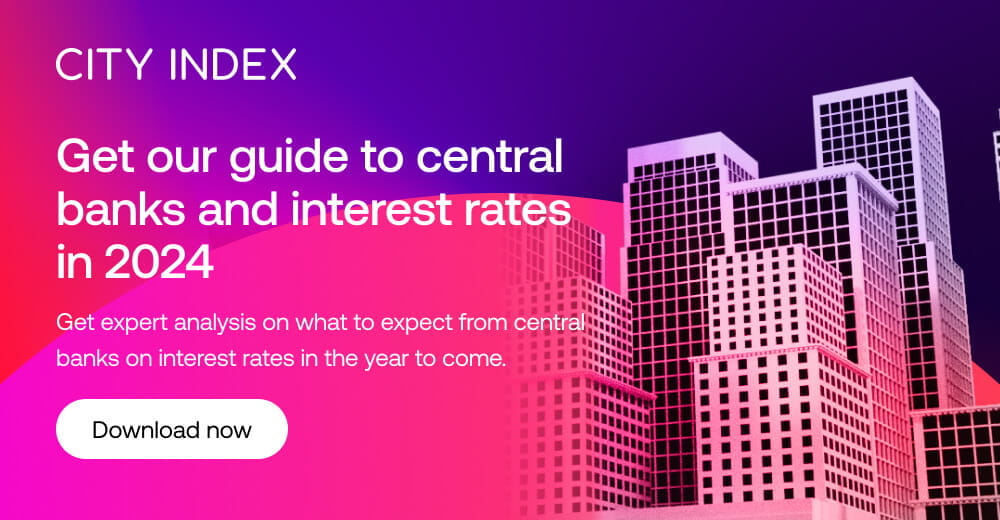
Fed Meeting Key Points
- Economists overwhelmingly expect the Federal Reserve to leave interest rates unchanged in the 5.25-5.50% range.
- The risks are skewed toward a less dovish outcome, with the potential for the median Fed dot for 2024 to rise to 4.9%, or only two interest rate cuts for 2024.
- GBP/USD’s previous-resistance-turned-support at 1.27100 may put a near-term floor under prices and drive a recovery bounce this week
When is the FOMC Meeting?
The two-day FOMC monetary policy meeting concludes on Wednesday, March 20 at 2:00 ET.
FOMC Chairman Powell’s press conference starts at 2:30 ET.
FOMC Meeting Expectations
Economists overwhelmingly expect the Federal Reserve to leave interest rates unchanged in the 5.25-5.50% range, with every single one of the 108 economists surveyed by Reuters expecting the central bank to stand pat.
Traders are similarly discounting only a 1% chance of an interest rate cut this week, per the CME’s FedWatch tool:
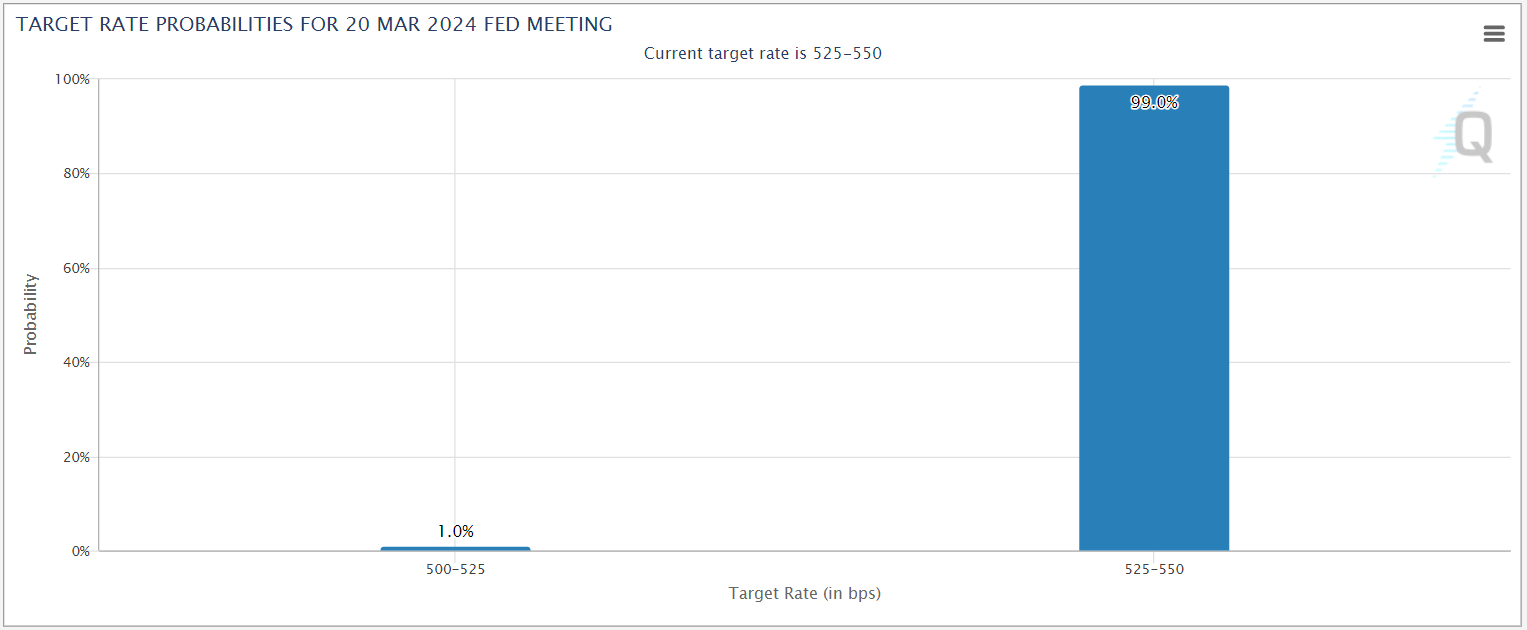
Source: CME FedWatch
FOMC Meeting Preview
Heading into the Fed meeting, the key question is not about current interest rates; rather it’s about the central bank’s expectations for future interest rates (i.e. the “dot plot” of interest rate forecasts). As a reminder, the last Summary of Economic Projections in December included the following dot plot, with the median FOMC member expecting three 25bps interest rate cuts in 2024:
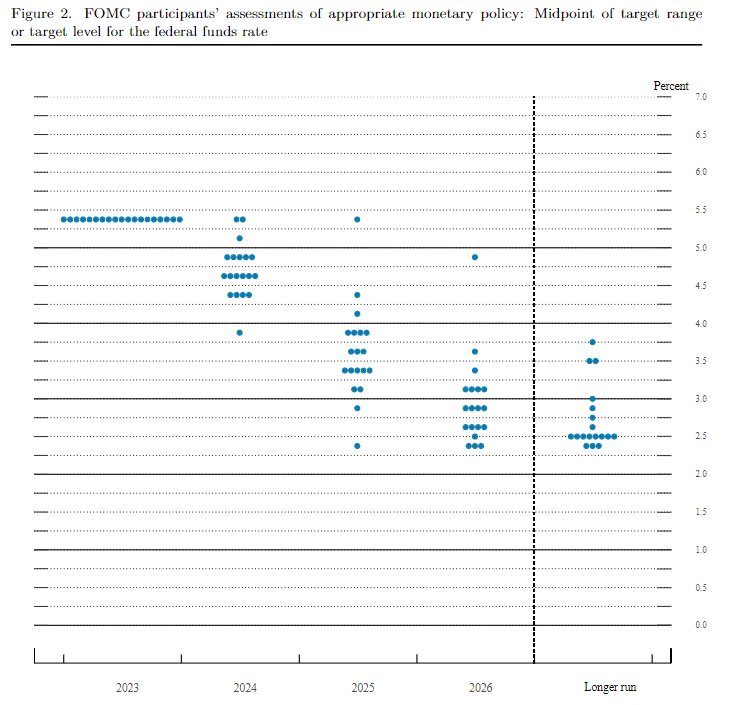
Source: FOMC Summary of Economic Projections, December 2023
For this week, the risks are skewed toward a less dovish outcome, with the potential for the median Fed dot for 2024 to rise to 4.9%, or only two interest rate cuts for 2024. Such a change would only require two FOMC members (out of 19) shifting their expectations toward higher interest rates.
Notably, Fed Chairman Powell stated that that FOMC wanted to see ongoing low inflation readings to have confidence to start cutting interest rates in his last press conference. Instead, data in recent months has shown stubbornly high (if not outright rising) inflation and continued strength in the labor market, suggesting that Jerome Powell and company may not need to cut interest rates as aggressively as previous expected.
As a thought experiment, say I told you the following:
- The US labor market is historically strong, with unemployment below 4%, and…
- …Inflation is above the Fed’s target (and arguably rising), and…
- …the Fed hasn’t touched interest rates in eight months, so at least some of the “long and variable lags” of monetary policy should be in play by now.
Of course, this isn’t a mere thought experiment, but if this was all the information you had, you would likely suggest that the FOMC should be looking to RAISE interest rates, not cut them. To be clear, the central bank is still likely to cut interest rates this year, if for no other reason than the fact that Fed speakers have consistently intimated that they would, but unless\until economic data starts to deteriorate, it’s hard to make a convincing argument for an aggressive easing cycle from here.
As for the economic projections, the median Fed policymaker expected 1.4% GDP growth, 4.1% unemployment, and 2.4% inflation (as measured by Core PCE) in 2024 at the central bank’s last meeting. With an additional 3+ months of economic data in hand, there are risks that the Fed could revise its forecast for GDP growth and inflation higher, with unemployment tracking roughly as the central bank expected.
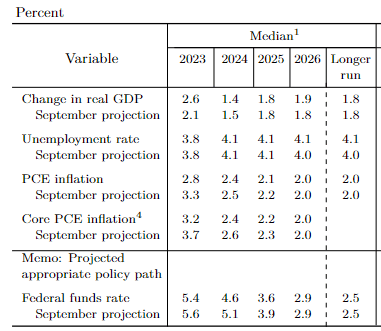
Source: FOMC Summary of Economic Projections, December 2023
Another dynamic to watch is that the Fed seems determined to start winding down its balance sheet runoff sooner rather than later, so I wouldn’t be surprised to see Powell and Company offer up an explicit plan this week to gradually slow the balance sheet reduction starting as soon as the second quarter. With any sort of an interest rate reduction looking like an extreme long shot before at least June, Powell and Company may offer this tweak up as a token “easing” of policy to help buy time before making any decision on interest rates.
One final factor to consider looking out across the year is that the Fed may be hesitant to cut interest rates just before a Presidential election to preserve the perception of its political independence. From that perspective, the central bank may be focused on a small window – this summer – to tweak interest rates before entering a de facto “quiet period” until its December meeting unless we see a dramatic change in the underlying economic data.
US Dollar Technical Analysis – GBP/USD Daily Chart
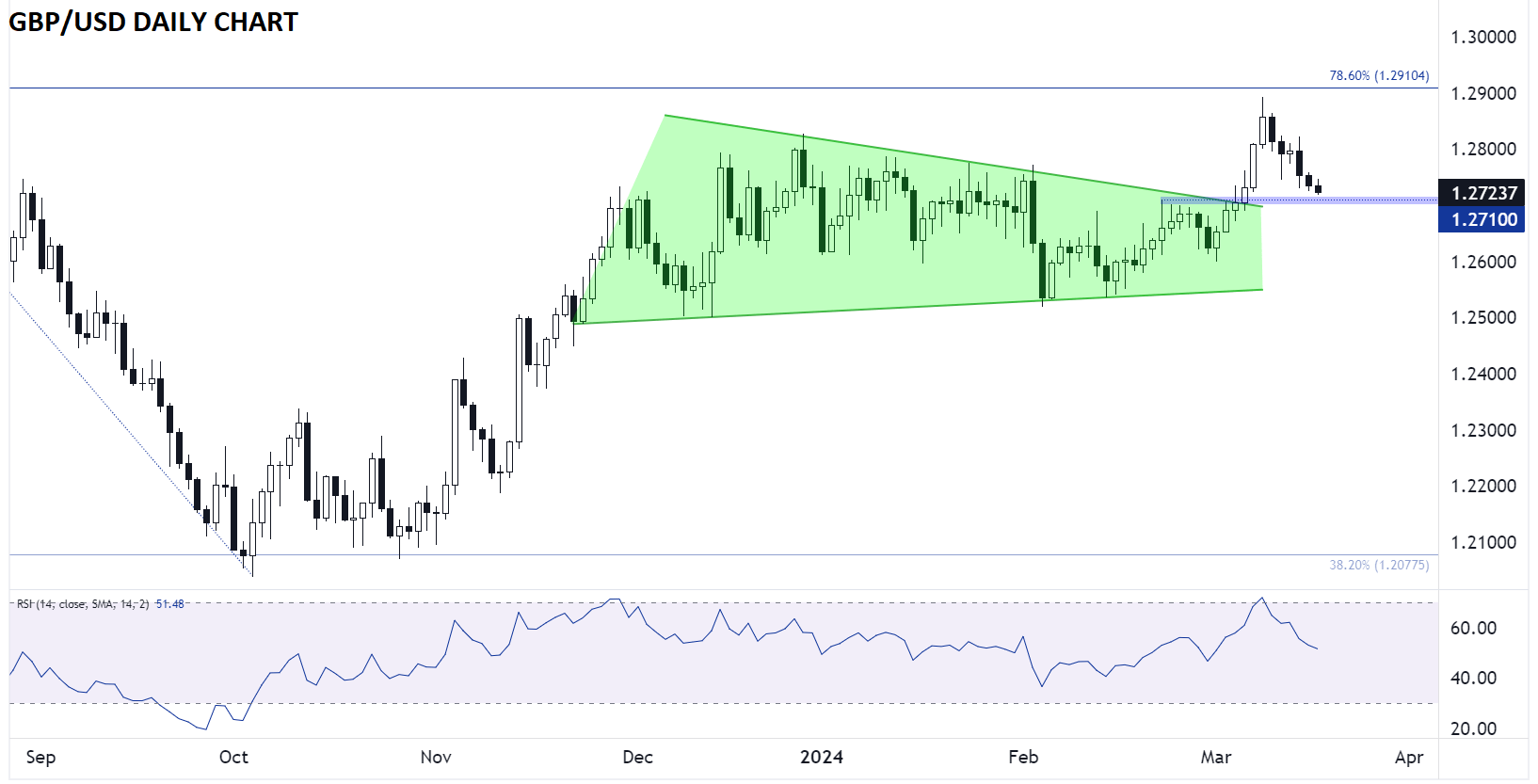
Source: TradingView, StoneX
Like many of the major currency pairs, GBP/USD will be caught between two major central bank meetings this week, with the BOE’s “Super Thursday” festivities taking place a day after the FOMC meeting concludes. Focusing purely on the technicals, GBP/USD broke out of a symmetrical triangle pattern earlier this month, ultimately extending its gains to near 1.2900 before pulling back this week.
Looking ahead, previous-resistance-turned-support at 1.27100 may put a near-term floor under prices and drive a recovery bounce this week, especially if the Fed leaves the dot plot unchanged or the BOE is less dovish than expected. If the 1.2710 level gives way, there’s little in the way of support until closer to 1.2600.
-- Written by Matt Weller, Global Head of Research
Follow Matt on Twitter: @MWellerFX







